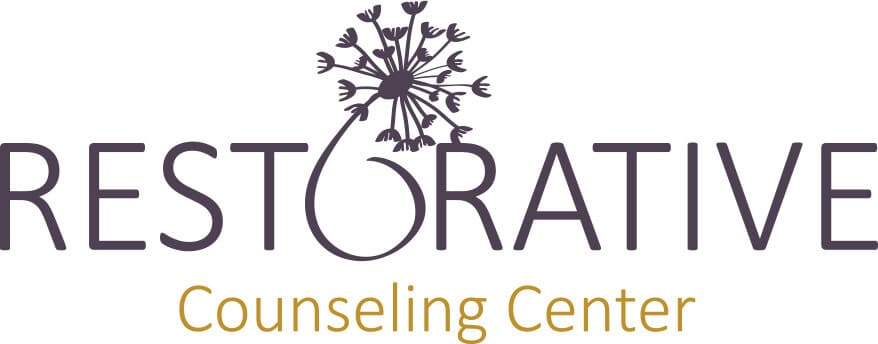One of the fascinating things about working as a counselor is seeing the “trends” in the struggles of my clients. It’s just something I have noticed in my years in the profession. I don’t like to see the suffering, but so much of what we go through is common and widespread unfortunately. Sometimes highlighting this to my clients is important in helping them not feel alone. Among the current trends is the struggle with boundaries. This isn’t a new issue. Probably the most popular book on the topic – “Boundaries” by Dr. Henry Cloud and Dr. John Townsend was originally published in 1992. I would say it’s a “classic” in the field of counseling and Christian self-help. After seeing this trend among my clients and others in my personal life, I knew it was time to take another read through the book. This blog, and the one that follows are not book reviews, but much of the content is informed by this resource.
Before we begin
Before you read any further, it’s going to be important to notice your own feelings and reactions to the term boundaries. What comes up for you when you hear this word? Some may think it sounds selfish, others may want to run because they know hard work is involved. Perhaps some of you have been hurt by someone putting up a boundary with you, or you have hurt someone else in an attempt to establish boundaries. I am going to encourage you to set all of your history with this word aside and come with a neutral perspective and see what you can learn.
What are boundaries?
“What is yours to own” is a question frequently asked by me to my clients in regards to relationship issues. The purpose of this question is to help the client define boundaries, and if none are in place, assisting the client in recognizing what they are owning that is not theirs to own. As Cloud and Townsend share, it’s vital to know what is our job and what isn’t. As they describe, “we are responsible to others and for ourselves.” They base this on Galatians 6: 2-5 where God calls us to share in one another’s burdens but carry our own load. The most powerful boundary is the word “no.”
Putting up boundaries does not mean shutting other people out of our lives, but instead helping others when their burdens are more than they are capable carrying on their own. However, because we are responsible to carry our own daily load, we need to allow others around us to do this for themselves as well. Fences not walls, that is how Cloud and Townsend describe boundaries. Putting these fences in place gives us, and our loved ones, freedom by knowing what is ours to own. Whereas you may have felt before that boundaries felt restrictive, if put in place correctly, they can be so freeing.
So, what is ours to own?
When you read the following list, remember, not only do you get to own these for yourself, those around you need to own theirs for themselves.
- Feelings
- Attitudes and beliefs
- Behaviors
- Choices
- Values
- Limits
- Talents
- Thoughts
- Desires
- Love
We can’t always control our circumstances but we can control how we respond. This is directly tied to the above list; these are the things that we can take ownership for in our lives. On the flip side, it’s imperative to remember that those around us have the same control of their choices. We can’t take on the burden of how other people choose to respond.
Owning these areas of our lives is so empowering. If we see something wrong in our lives, taking ownership in these areas allows us to work toward change in our life by controlling what we can control. It’s the same for those around us. “To rescue people from the natural consequences of their behavior is to render them powerless” (p.43). I get it; this is hard. We want to limit the suffering of our loved ones. Parents, I know it’s especially hard to watch our children struggle. But think about where/when you have grown the most personally, it’s usually through those trials and mistakes in your life.
Benefits of setting boundaries
Having the mindset of freedom will make setting boundaries easier. Also, those who set boundaries experience less anger and guilt. They also tend to have more confidence and assurance. Are you lacking in those areas of your life?
Stay tuned for part 2 in this blog series where I will share ways to develop healthy boundaries.
About the author
Nicole Fryling, MA, LLPC counsels women who feel anxious, overwhelmed and stuck, and want to be empowered to create peace, joy and fulfillment in their lives. She does this by blending together proven psychological tools and techniques with the therapeutic framework Scripture provides. Of all of the hats Nicole wears (wife, mother, counselor, business owner), Nicole’s favorite is her beach hat!
If you’re ready to learn to thrive rather than just survive, then contact Nicole today for support.


Recent Comments